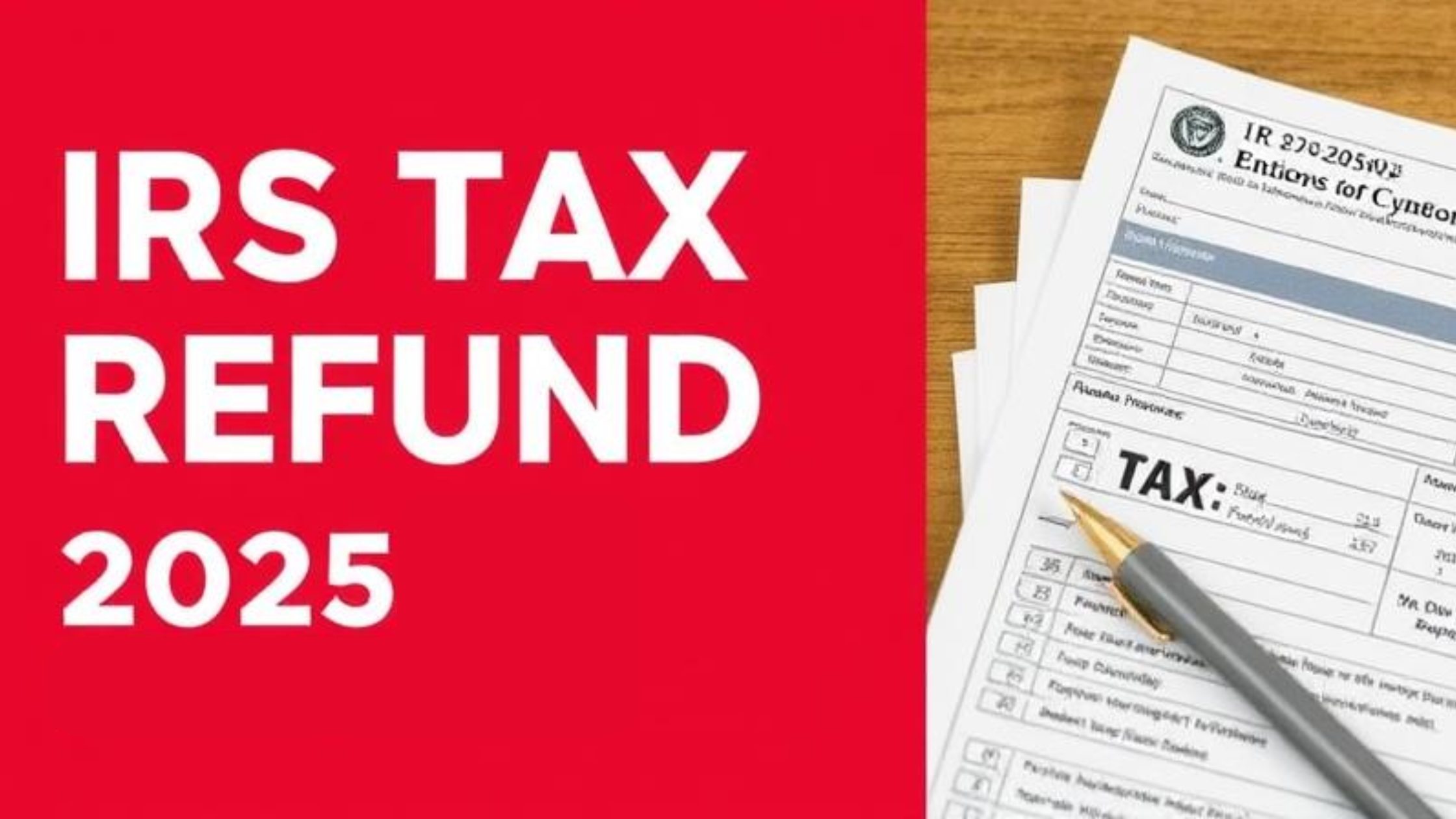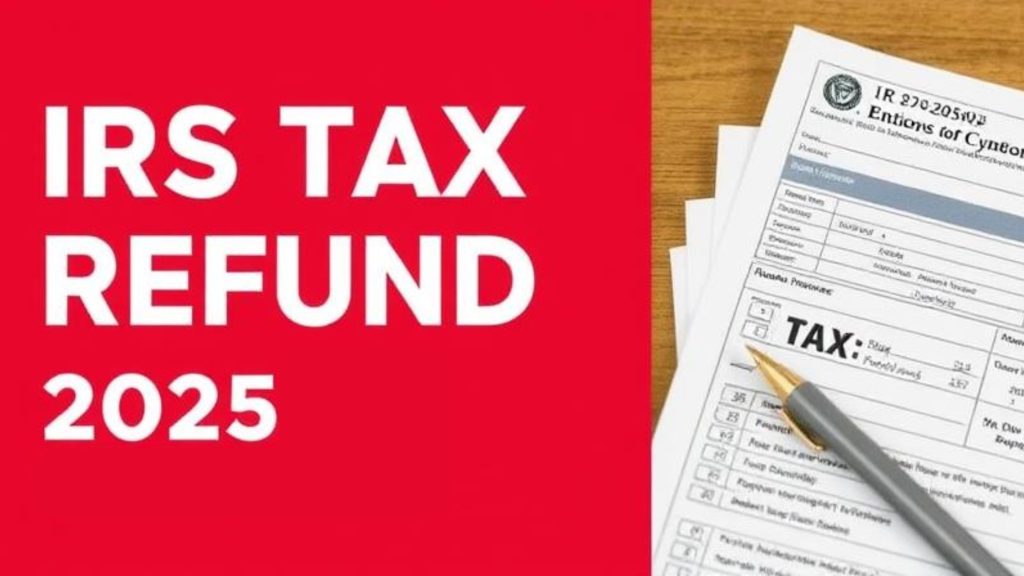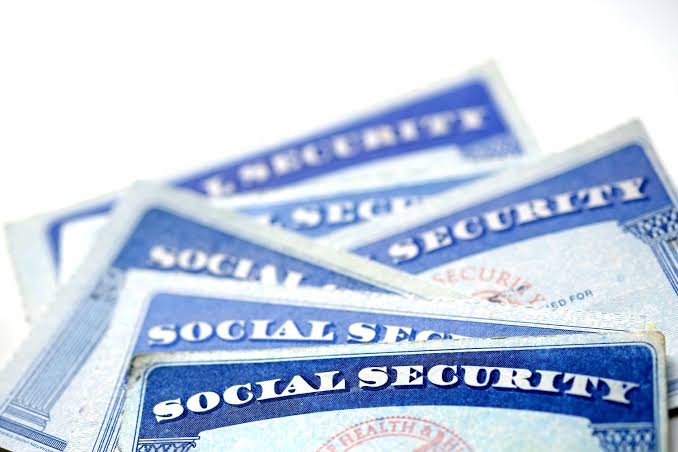Think you’ve seen the last of stimulus money and surprise refunds? Think again. While the federal government isn’t cutting any new stimulus checks this year, millions of Americans could still see bigger-than-expected refunds in 2025 — and in some cases, even state-issued payments. With inflation still high and tax season in full swing, many families are asking: “Where’s my money?” The truth is, it’s complicated — but there are real opportunities to boost your refund, depending on how you file, where you live, and what you qualify for.
Here’s a detailed, easy-to-follow guide on what tax breaks are active in 2025, what’s no longer on the table, and where you might still get a check.
No Federal Stimulus in 2025 — But Don’t Overlook These Tax Breaks
Let’s start with the big question: Is there a federal stimulus check in 2025?
No — there is no new nationwide stimulus approved this year. Despite rumors online and chatter about Trump’s proposed “$5,000 DOGE Dividends” or “Trump Accounts,” nothing has passed Congress. These ideas were campaign talking points and remain unfunded proposals, not real programs.
However, don’t let that stop you from claiming valuable federal tax credits that can still boost your refund:
-
Child Tax Credit (CTC): Up to $2,000 per child, with some portion refundable for eligible families. Though smaller than the expanded version from 2021, it’s still a major refund booster.
-
Earned Income Tax Credit (EITC): Available to low- and moderate-income workers. Depending on income and dependents, you could qualify for up to $7,430.
-
Standard Deduction Increase: Inflation adjustments mean you’ll get more tax-free income in 2025 — $14,600 for single filers and $29,200 for couples filing jointly. This could lower your taxable income and increase your refund.
These federal changes may not feel like stimulus checks, but they can make a major difference in your final refund amount — especially if you haven’t reviewed your credits or updated your filing status recently.
Real Money Is Still Going Out — From the States
Though Washington isn’t writing checks, several states are stepping in with their own relief programs, and many Americans are still receiving stimulus-style payments based on 2023 income and residency.
New York
-
$300 to $500 inflation relief checks have already gone out to over 8 million New Yorkers.
-
Based on income caps ($150K for individuals, $300K for couples), the state used 2023 tax data to issue these automatically — no application required.

California
-
Issued up to $725 per household in targeted aid.
-
Eligibility was based on 2023 tax returns and income limits.
-
Only those who did not receive earlier pandemic relief were included in this round.
Colorado
-
Through its TABOR program, residents are receiving:
-
$800 for single filers
-
$1,600 for married joint filers
-
-
These are automatic refunds, issued from a state budget surplus.
Pennsylvania
-
Focused on helping older adults, disabled residents, and renters.
-
The Property Tax & Rent Rebate Program offers up to $1,000, but unlike other states, you must apply.
-
Must meet age (65+), disability (18+), or widowhood (50+) requirements and fall under specific income limits.
What You Should Be Doing Now
Even without federal stimulus, 2025 can still be a financially rewarding tax year — if you know where to look. Here’s how to make the most of it:
-
File your 2023 tax return ASAP — most programs rely on last year’s income and residency status.
-
Claim every credit you qualify for — don’t overlook Child Tax Credit, EITC, or Saver’s Credit.
-
Visit your state’s official tax/revenue department website to check for relief programs and application deadlines.
-
Use direct deposit for faster refunds or stimulus-related payments.
-
Ignore scam offers for Trump checks, DOGE dividends, or crypto payouts — there are no federal programs like that in effect.



